The first silver coins were produced around 600 BC in various locations including Lydia (in present-day Turkey) and India. The Greeks began striking silver coins before 500 BC and were likely the most prolific silver coin producers of their time. Silver coin production continued with the Romans and with practically every other empire, kingdom, and country for the following two thousand years. It’s only in the modern age that circulating silver coinage has been discontinued. While silver is obviously still a precious metal, it is no longer used to make coins for commerce.
Ancient artisans learned how to purify silver long before the first coins were struck. Even the earliest silver coins were generally composed of high-grade silver, with fineness of 95% or greater. This situation continued into Roman Republic times but things changed during the time of Imperial Rome. It’s well known that during the later years of the Roman empire the silver content of their coinage was steadily reduced. Eventually some Roman coins like the Antoninianus were basically just copper with a thin coating of silver. Many crude contemporary forgeries were made and by the late 3rd century AD these debased coins were practically worthless. They were often just discarded.
I have six ancient silver coins in my collection and I thought it would be interesting to measure their actual silver content. Through the kind assistance of employees of a local coin shop (Fresno Coin Gallery, in Fresno, CA) I was able to get elemental analyses of these coins. Fresno Coin has an XRF analyzer which they mostly use to evaluate jewelry for precious metal content. This instrument generated the results for these coins.
The first sample we examined was my Athens Attica tetradrachm, minted between 449 and 413 BC. Here are some photos of this coin:
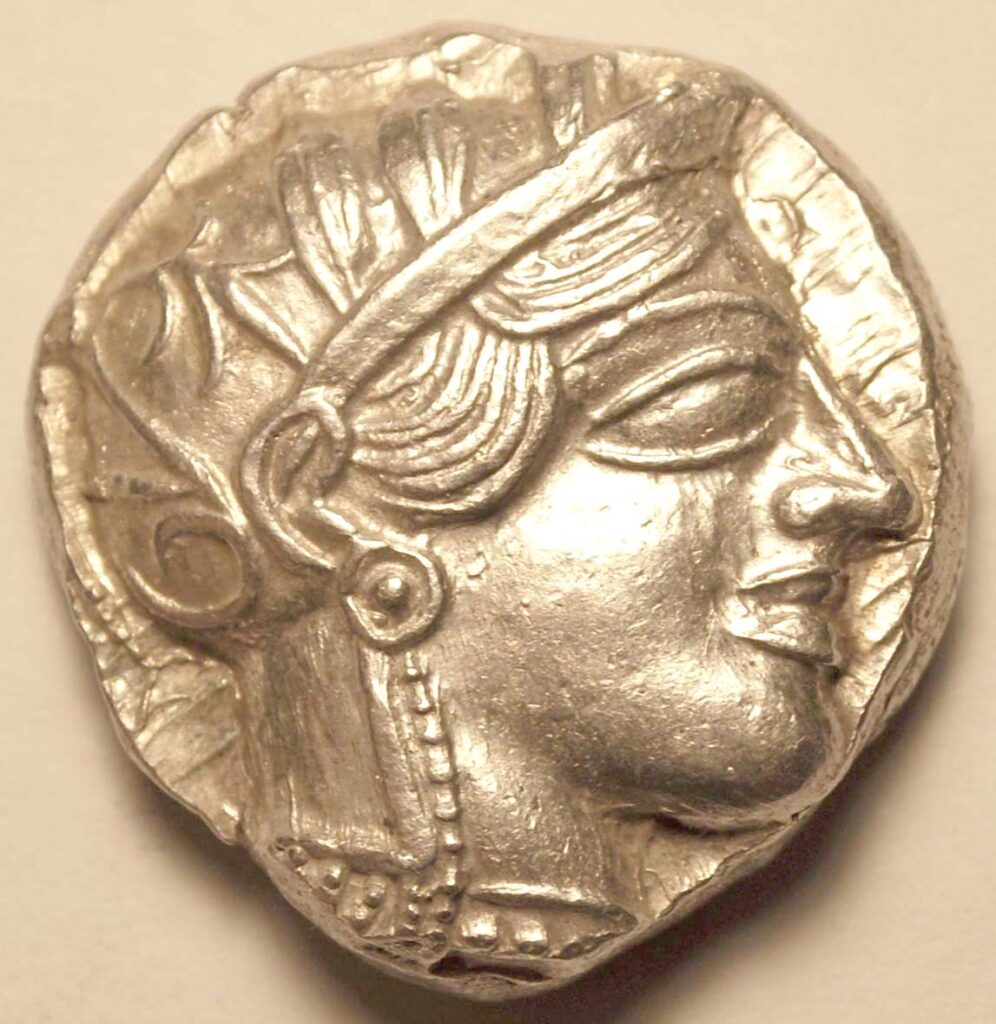
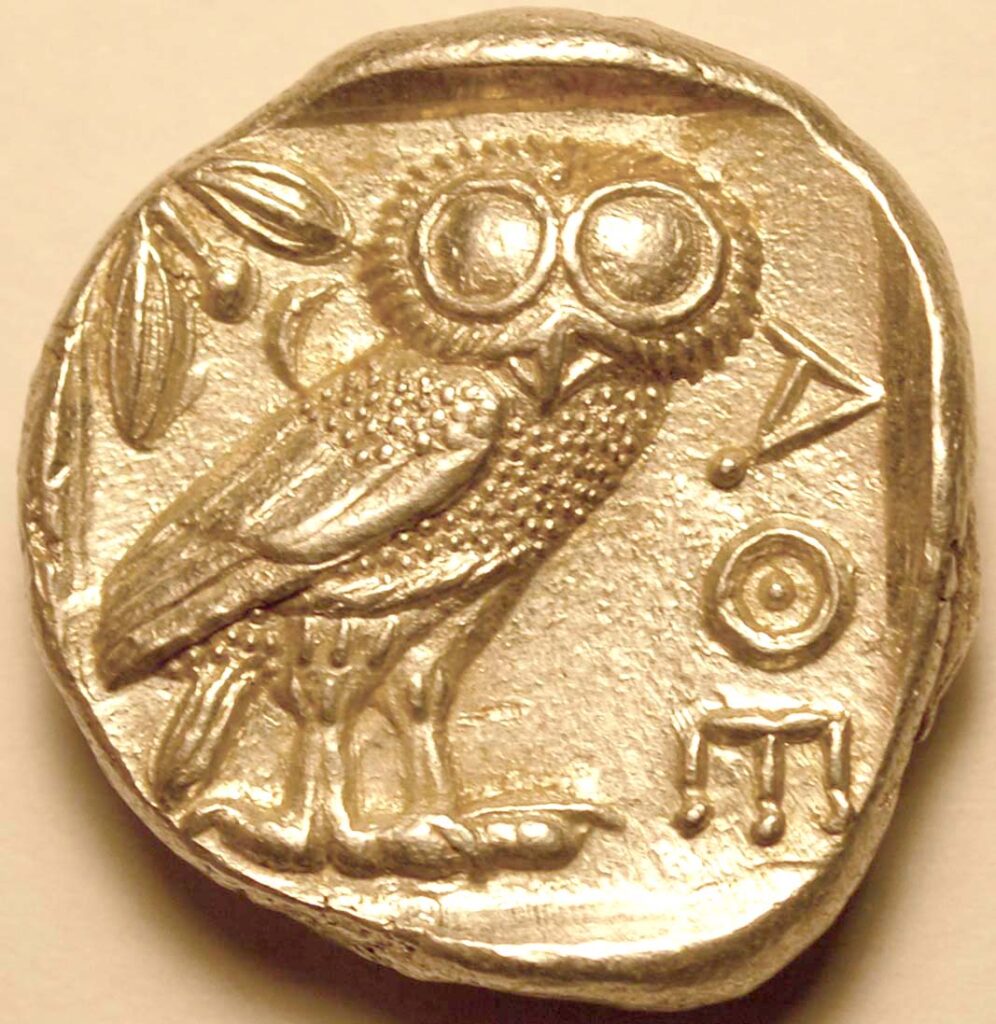
Silver content tested at 98.7%, with lead present at a level of 1.3%. The ancient Greeks used a cupellation tecnique to purify silver, in which lead contaminant was adsorbed into the clay lining of the melting furnace. Obviously when they prepared the silver that went into my tetradrachm there was still some lead impurity remaining.
The second coin is a Kings of Macedon Alexander tetradrachm minted approximately 325 BC. Here are images:

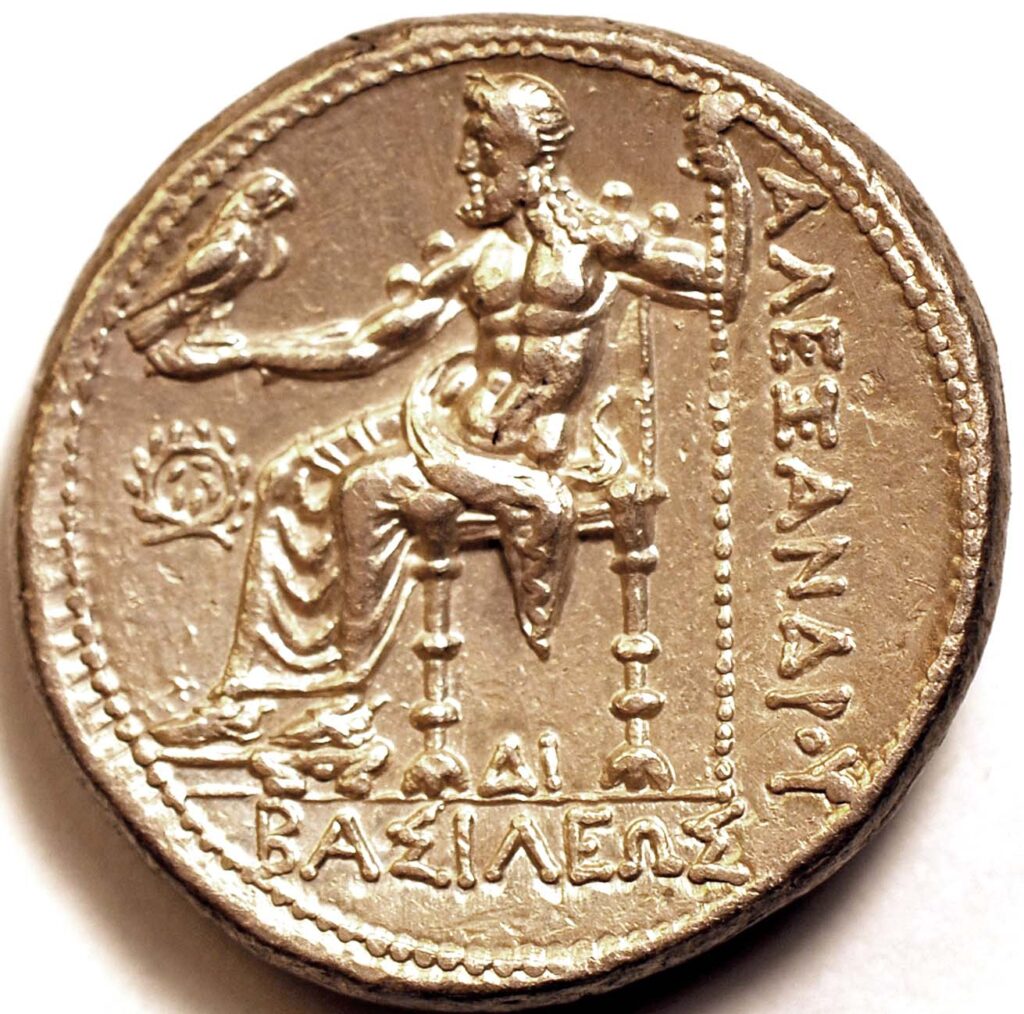
This piece showed 99.7% silver, with 0.3% gold as the only detected contaminant. It appears that by 325 BC the Greeks were quite adept at purifying silver for coinage
The next example is a Roman Republic serrate denarius minted in 79 BC:
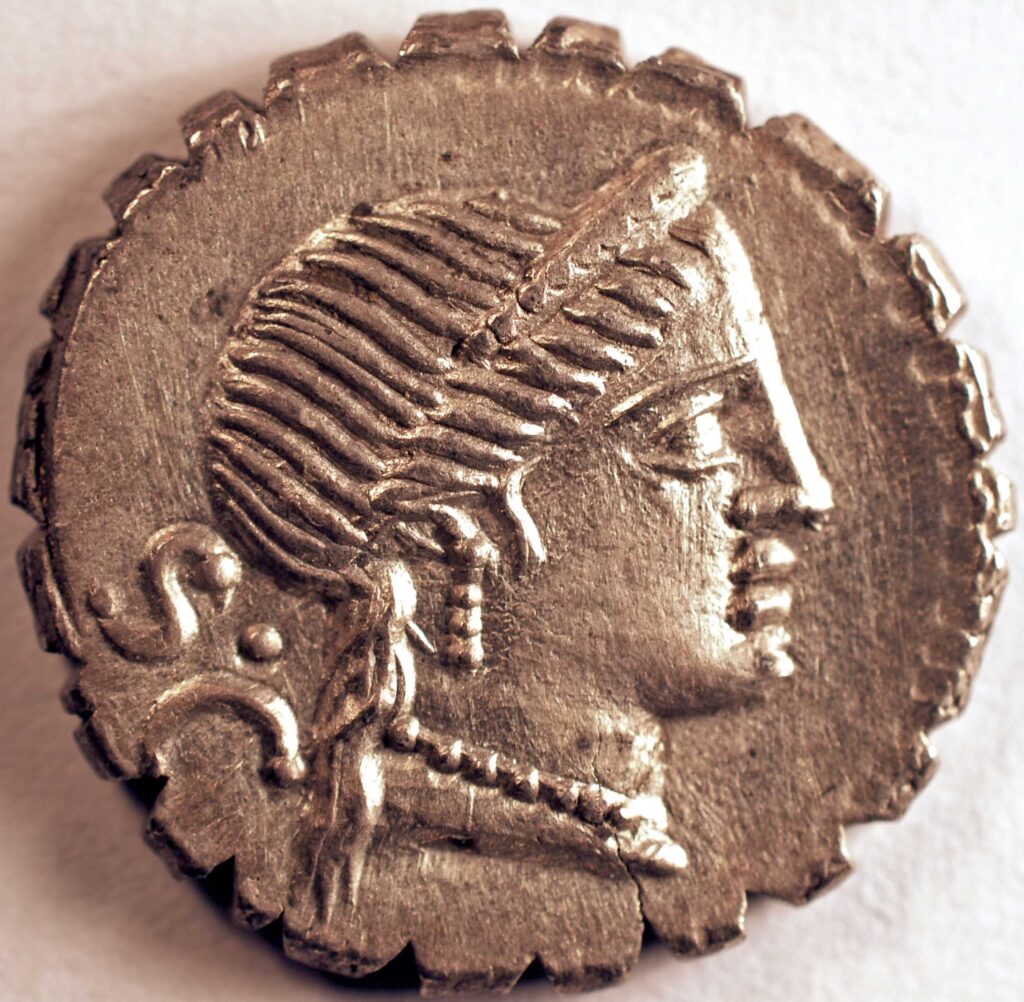
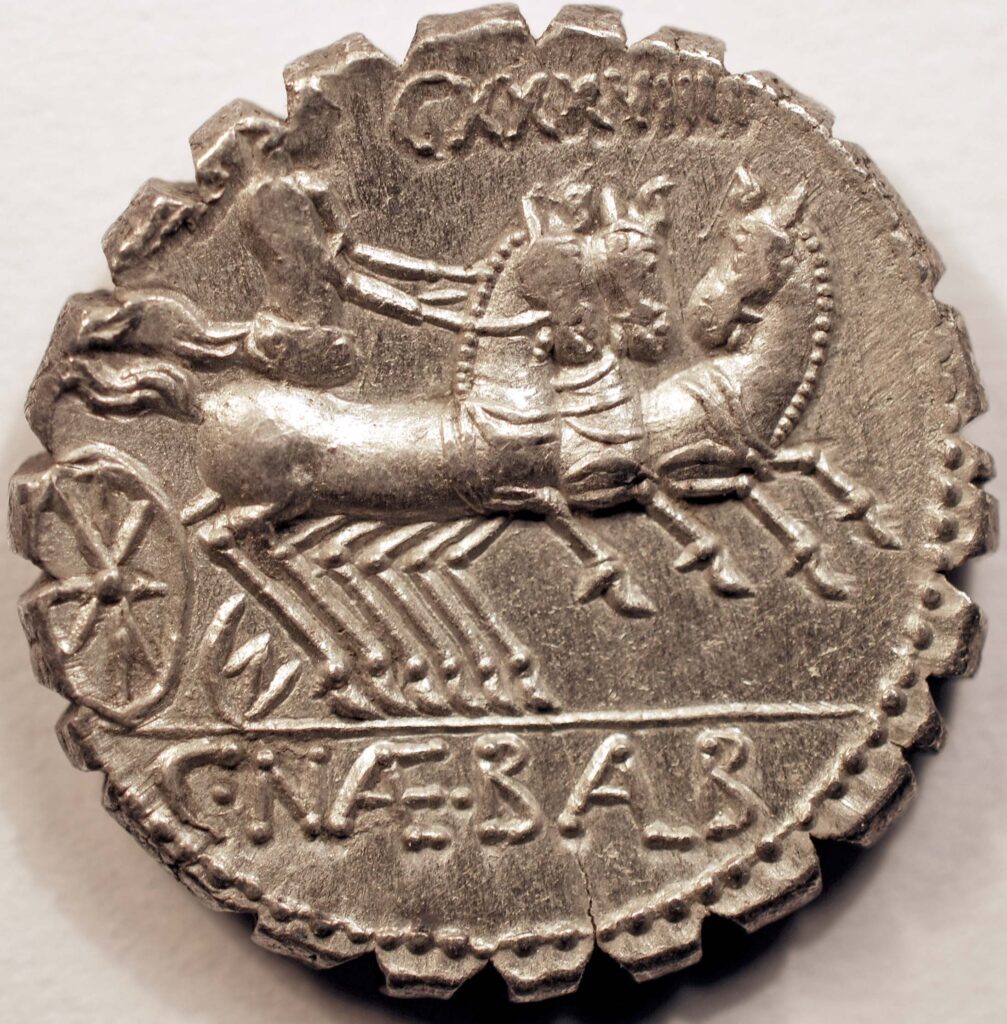
Silver content was 98.7%, with copper, gold, and lead traces present (at levels of 0.6%, 0.4%, and 0.2%, respectively). In general the denarii minted during the Roman Republic era were expected to be high-quality silver. This piece provides evidence that this is true. This coin weighs 4.00 grams, so the actual pure silver content is about 3.95 grams.
Next up is the Egypt, Alexandria tetradrachm that was described in last month’s newsletter. Here are images of this interesting coin:
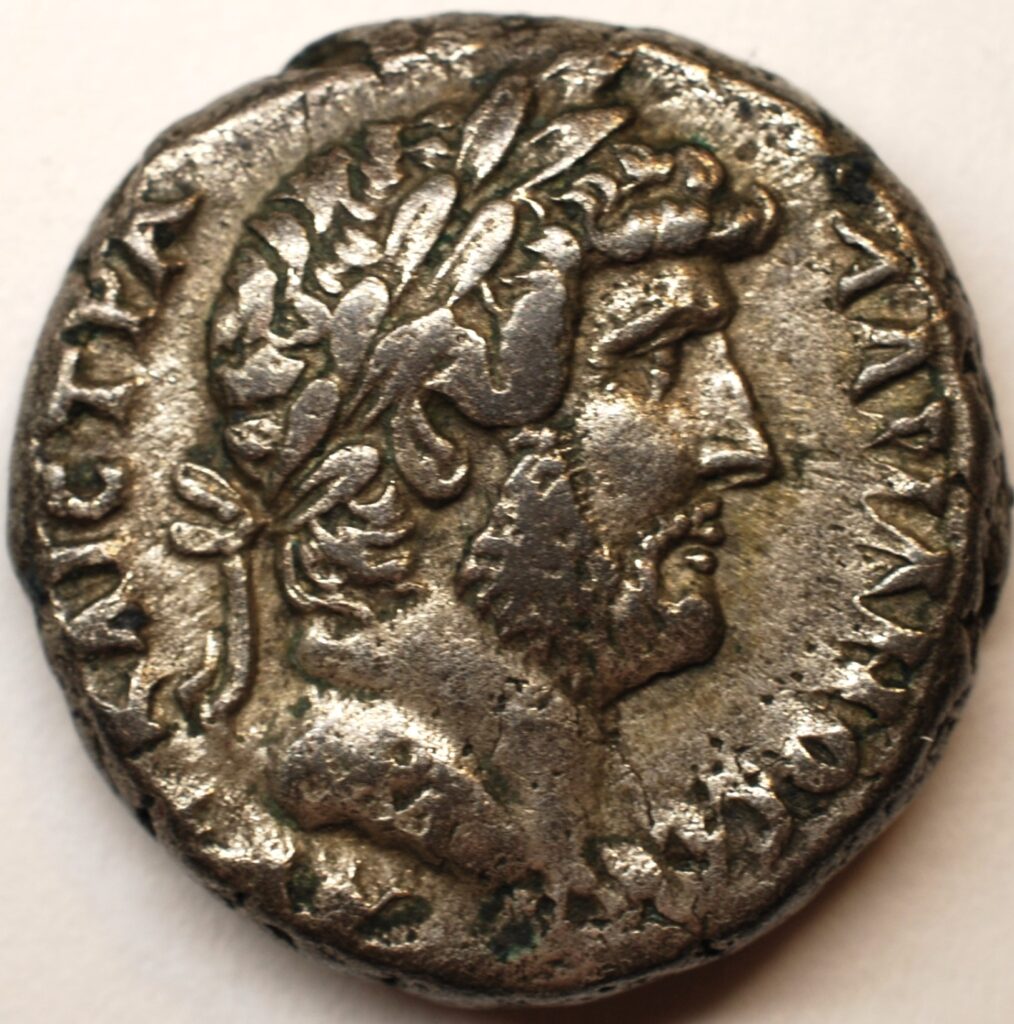
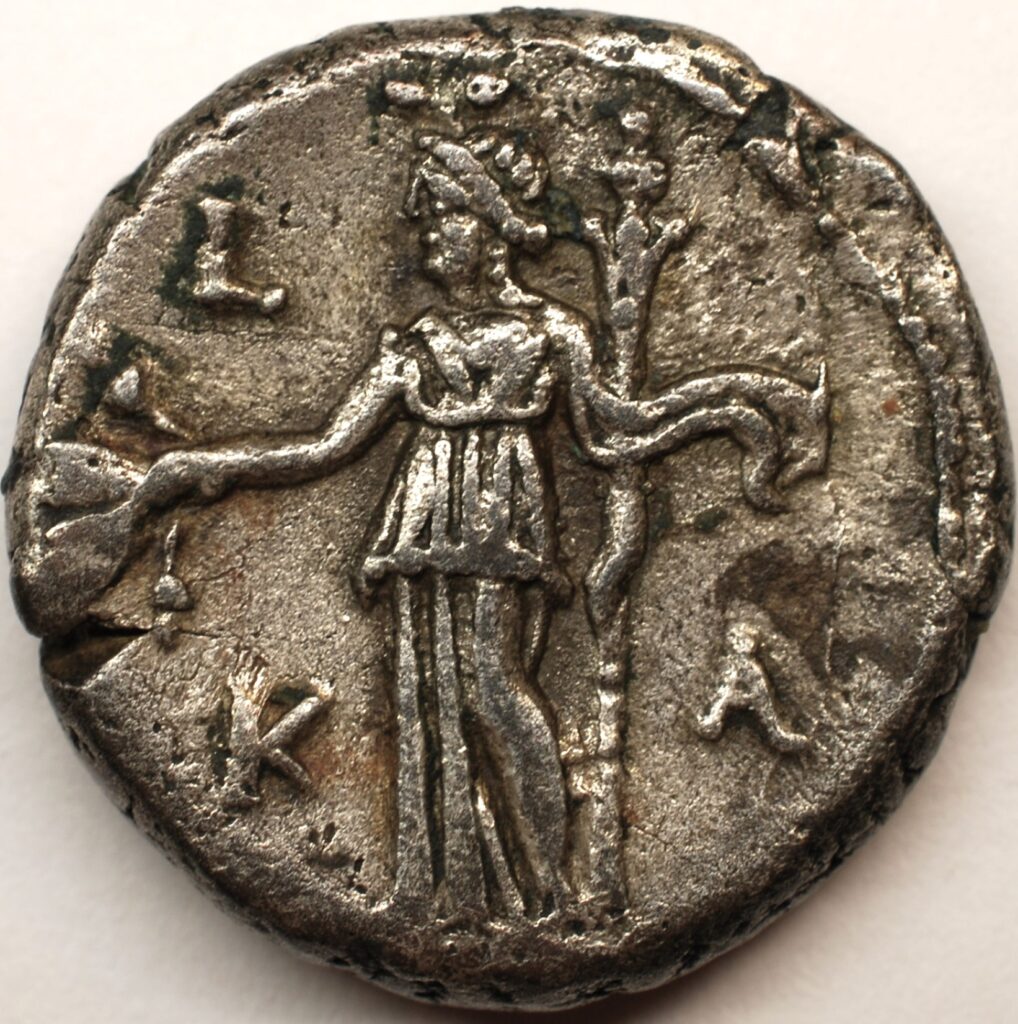
Minted around 136-137 AD during the reign of the Emperor Hadrian, this billon-alloy coin weighs 12.85 grams and tested at 28.1% silver. The main component was copper (71.8%). There was just a trace of lead present.
One on-line coin reference I found asserted that these provincial tetradrachm coins were designed to contain the same amount of silver as the smaller denarius coin which was more well-known in the Roman Empire. At 28.1% silver content, my Hadrian tetradrachm has about 3.61 grams of silver, which in fact is fairly close to the silver content of the earlier serrate denarius described above.
The next example is a denarius minted in 200 AD, featuring the portrait of Julia Domna, wife of the emperor Septimus Severus:
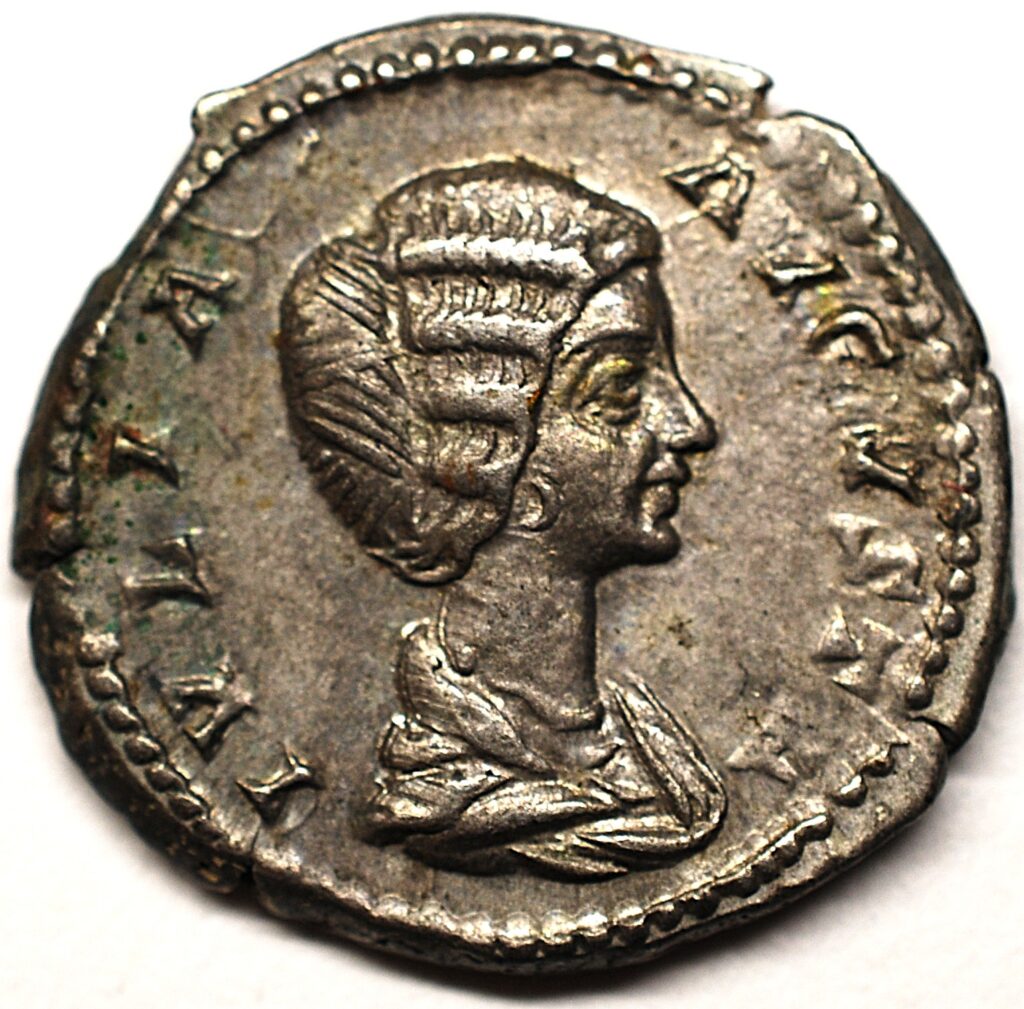
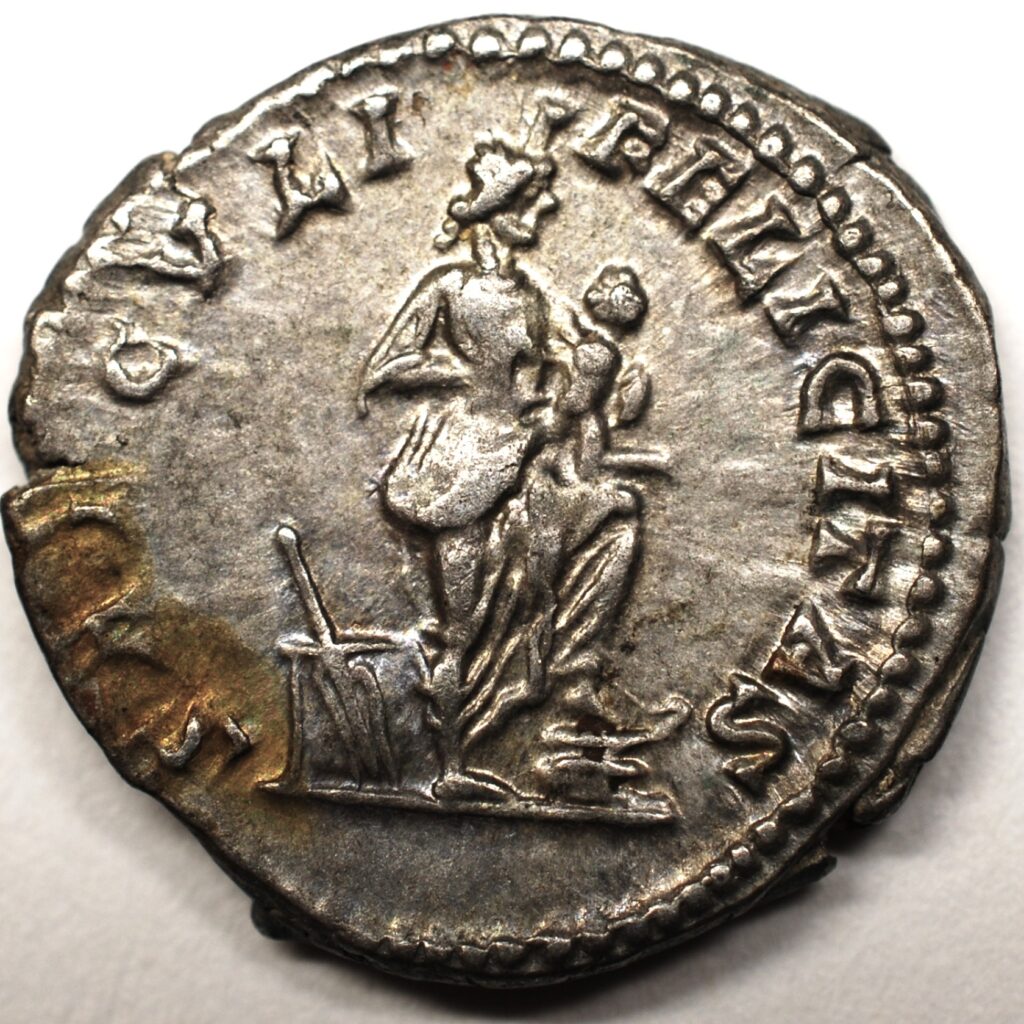
Silver content reduction in denarii in the Roman Empire was well underway by this time. The XRF results confirm this fact, with silver content measured at 75.1%. Copper content was 23.8%, lead measured at 0.6%, and gold was present at 0.4%.
The last subject is another denarius, this one minted in 220 AD and featuring Julia Paula, wife of Emperor Elagabalus.
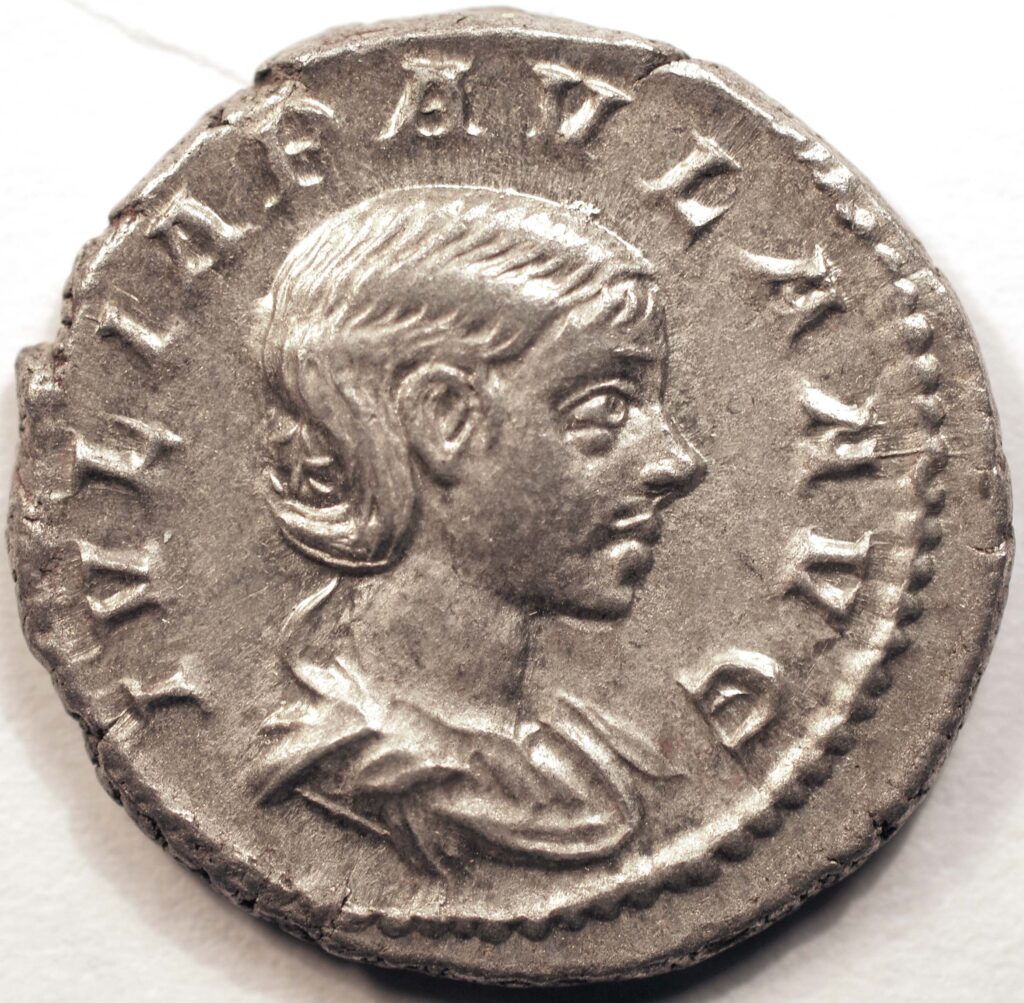
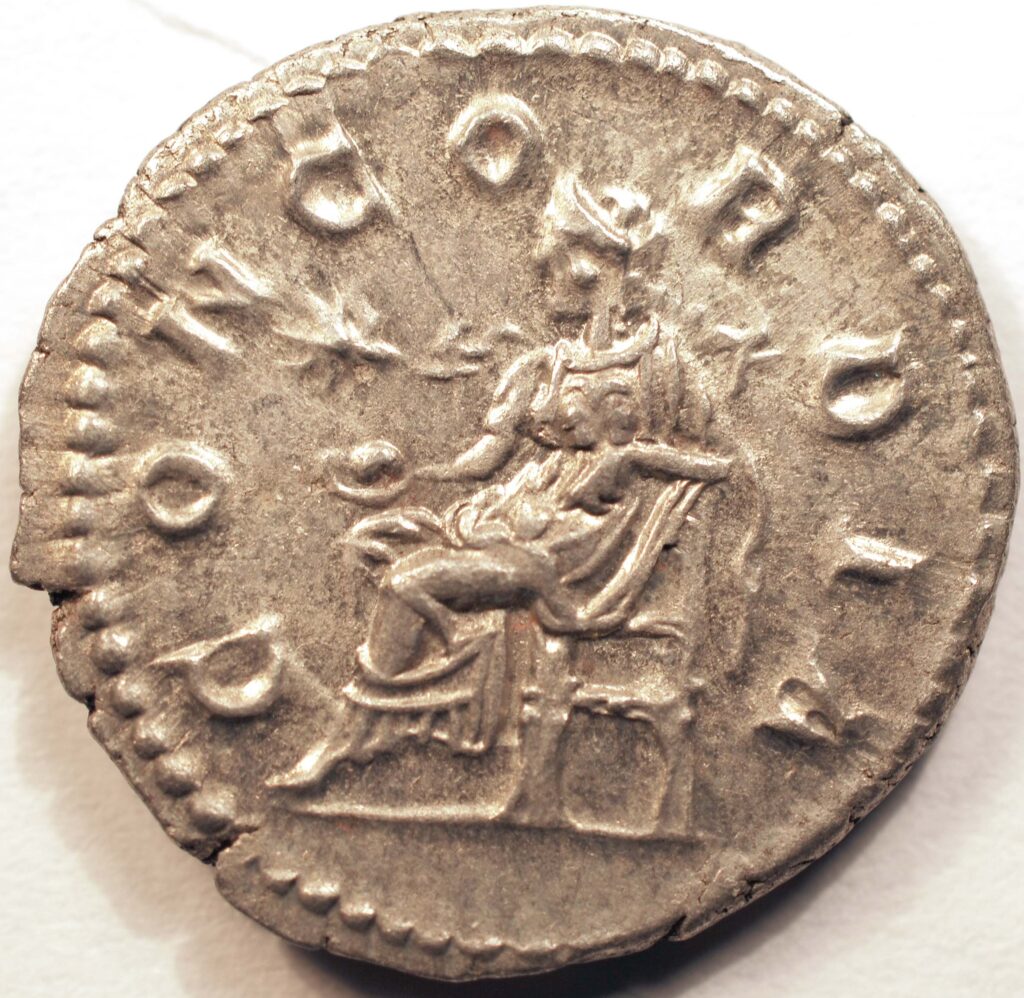
This coin demonstrates the further debasement of Roman coinage. Silver tested at 64.4%. Copper was 31.0%, lead was at 0.7%, and gold content was 0.45%. This coin was the only one in this group to show tin which was present at 3.4%. Tin is a normal component of bronze coinage. Perhaps worn-out bronze coins were added to the melting pot as part of the process to reduce overall silver content in the finished coins.
This was obviously a very small sampling of ancient coins, but one fact seems apparent. Ancient silver processing technology was fully capable of producing coinage silver of consistently high purity. The production of low-silver coinage during the later years of the Roman Empire was a deliberate policy choice. This choice allowed the manufacture of more coins from a given quantity of pure silver, but the inevitable result was a gradual loss of public confidence in the currency. There are many reasons why the Roman Empire eventually fell, but the debasement of their coins probably didn’t help.
